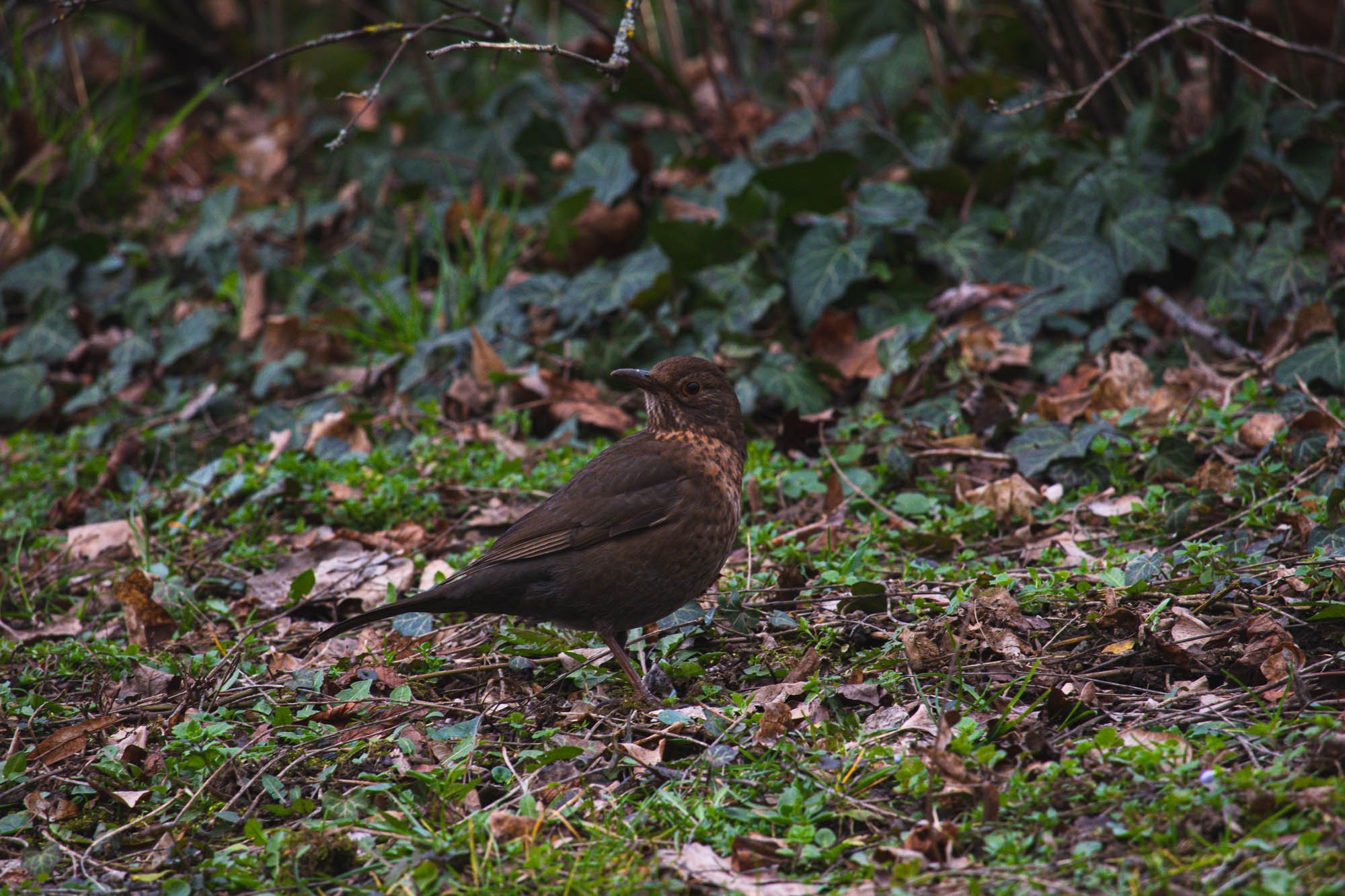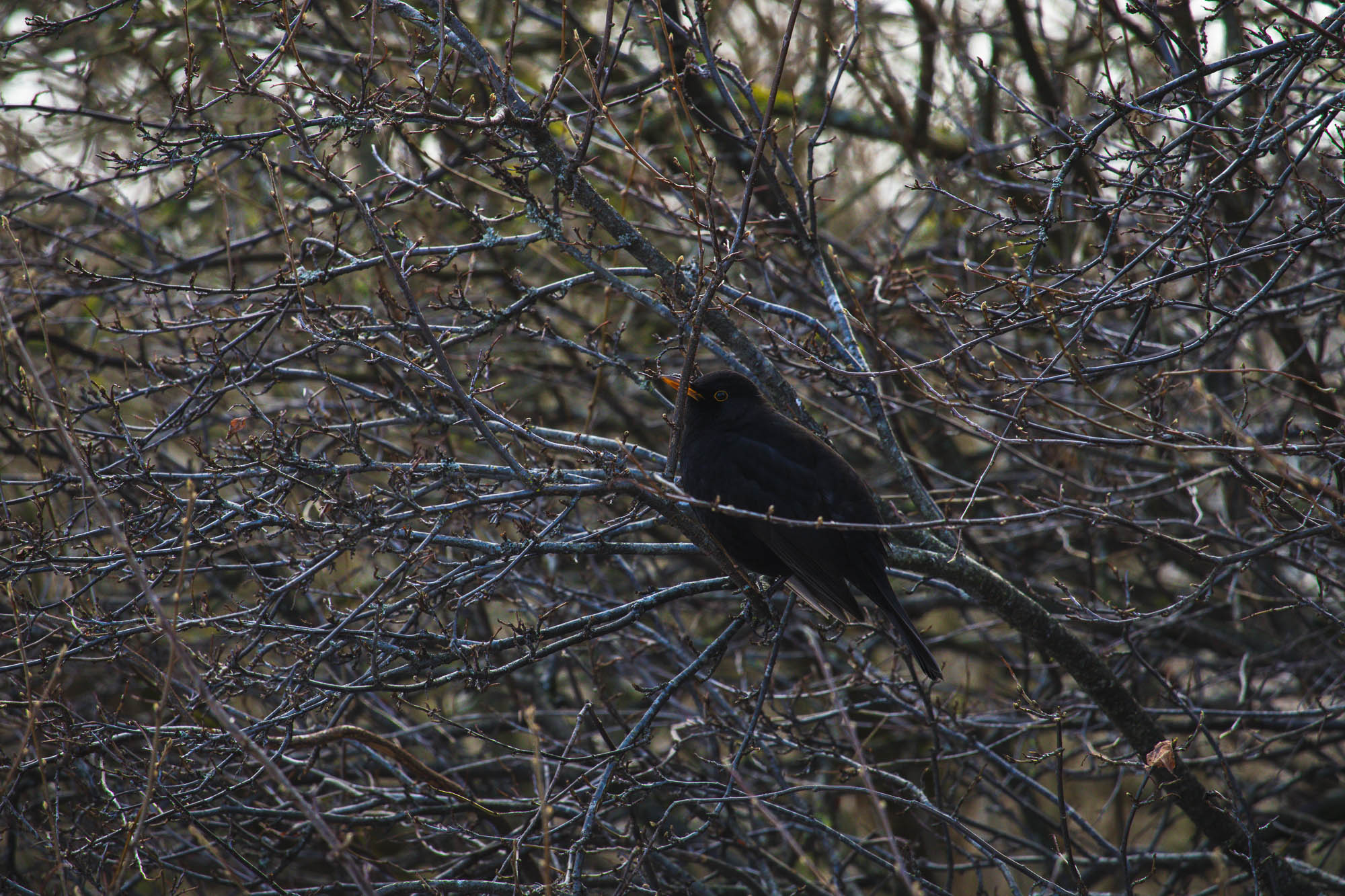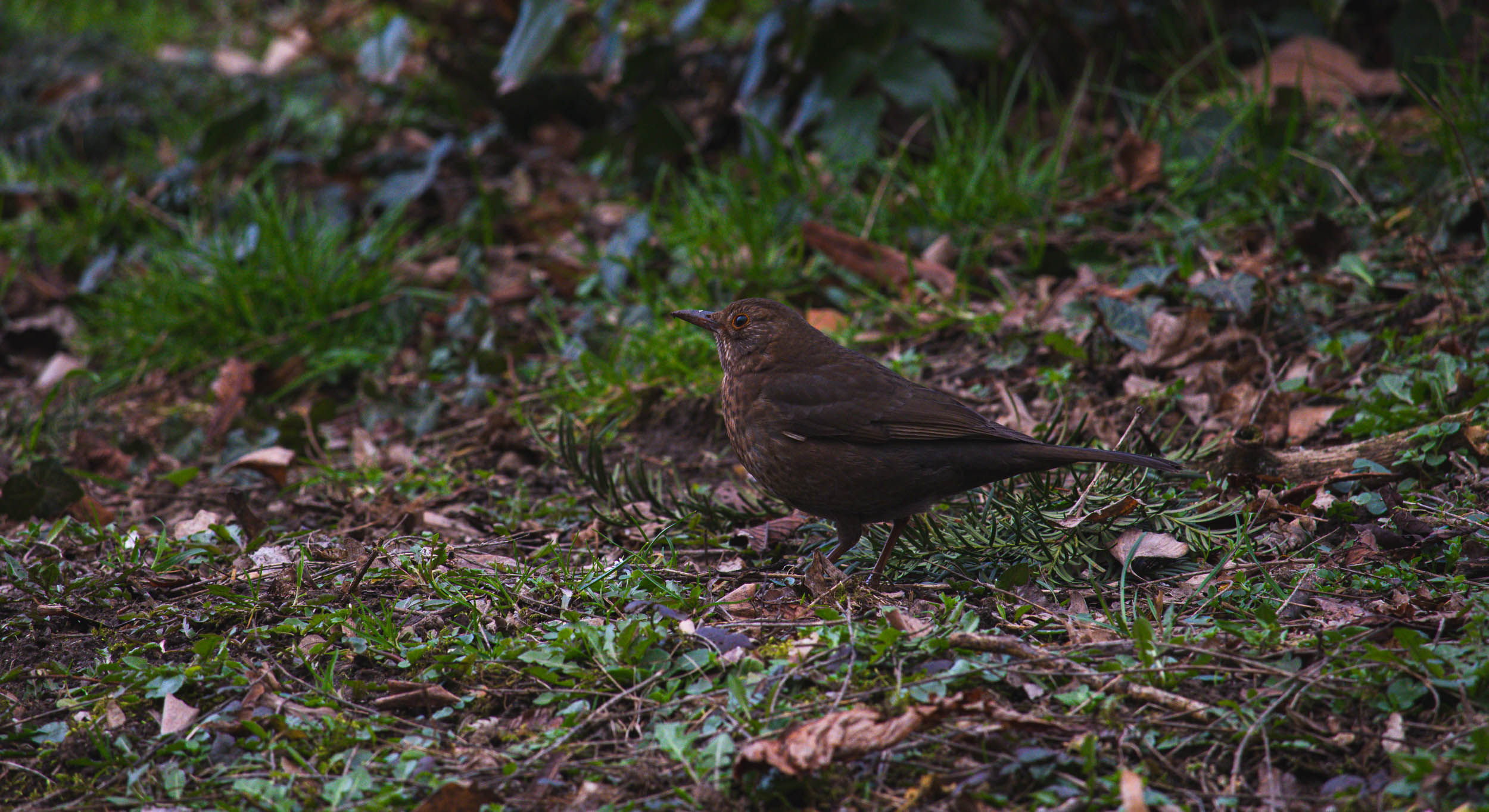Top attractions:
About Blackbird
The common blackbird, also known simply as the blackbird, is a familiar sight to many people in Europe and Asia. With its striking black plumage and bright orange-yellow bill, the blackbird is an unmistakable bird today that is often seen in gardens, parks, and woodland areas. Certainly, these fascinating bird species were around humans for millennias. In many cultures, the blackbird has played a significant role in folklore and mythology, though it is important to notice that it is hard to tell a difference when the ancient tales speak of a blackbird, crow, or raven.
One thing is for sure, its beautiful song is often associated with the coming of spring but with the yearly cycle of life comes destruction as well. Maybe, that’s why in Classical Greek folklore, the common blackbird held a sacred status but was also viewed as a destructive bird. Strangely, it was believed that the blackbird would meet its demise if it consumed pomegranates. I just hope nobody tested that hypothesis because it would be a shame for such a charismatic bird to be harmed in any way.
Details:
- Size: Length 24-25 cm / 9.4-9.8 in, wingspan 34-38 cm / 13.4-15.0 in
- Color: Black feathers with orange-yellow bill and eye-ring (male), brown feathers with brownish-grey bill (female)
- Diet: Insects, earthworms, fruits, and berries
- Distribution: Europe, Asia & North Africa
- Natural habitat: Woodlands, parks, gardens, farmlands
- Family: Turdidae
- Conservation status: Least Concern
Behavior
The common blackbird is a territorial bird that is known for its melodious song. During the breeding season, males defend their territory and attract mates with their beautiful singing. Females build nests on or near the ground, typically in shrubs or low trees. They lay between 3-5 eggs per clutch and incubate them for around two weeks. Both parents care for the chicks once they hatch.
Blackbirds are omnivorous and feed on a variety of foods, including insects, earthworms, fruits, and berries. They can often be seen foraging on the ground for food, using their sharp beak to probe the soil or to extract insects from beneath the leaves.
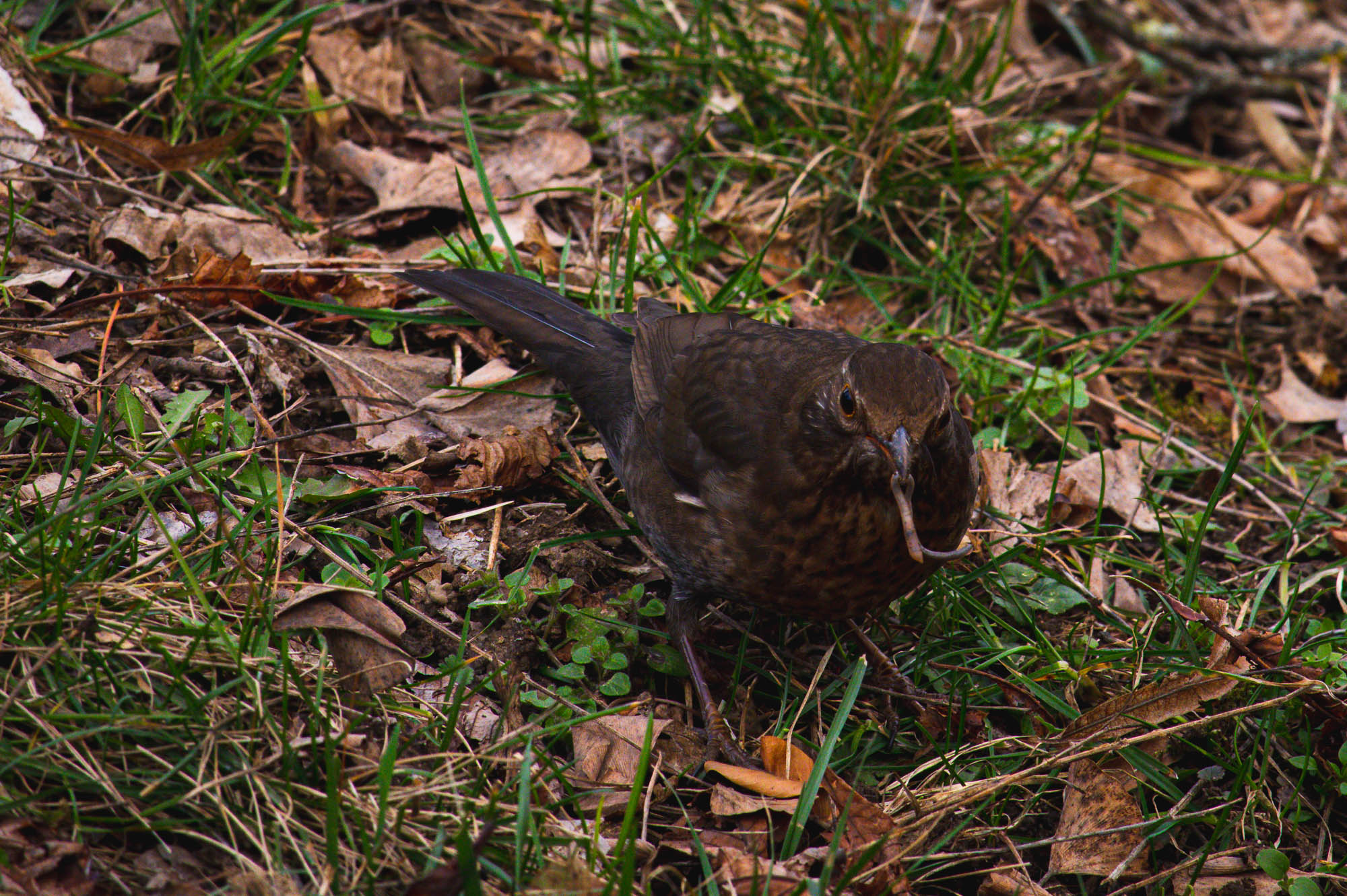
Female Blackbird eating an earthworm. Photo by A.L. [CC BY-SA 4.0], via Connecting the Dots
Appearance
The male blackbird is entirely black, with a bright orange-yellow bill and a distinctive yellow ring around its eyes. The female is similar in appearance but has brown plumage instead of black. Juvenile blackbirds resemble females but have spotted plumage.
The blackbird is a medium-sized bird, measuring around 24 cm / 9.5 in in length and weighing between 80-125 g / 2.8-4.4 oz. Its wingspan can reach up to 40 cm / 16 in.
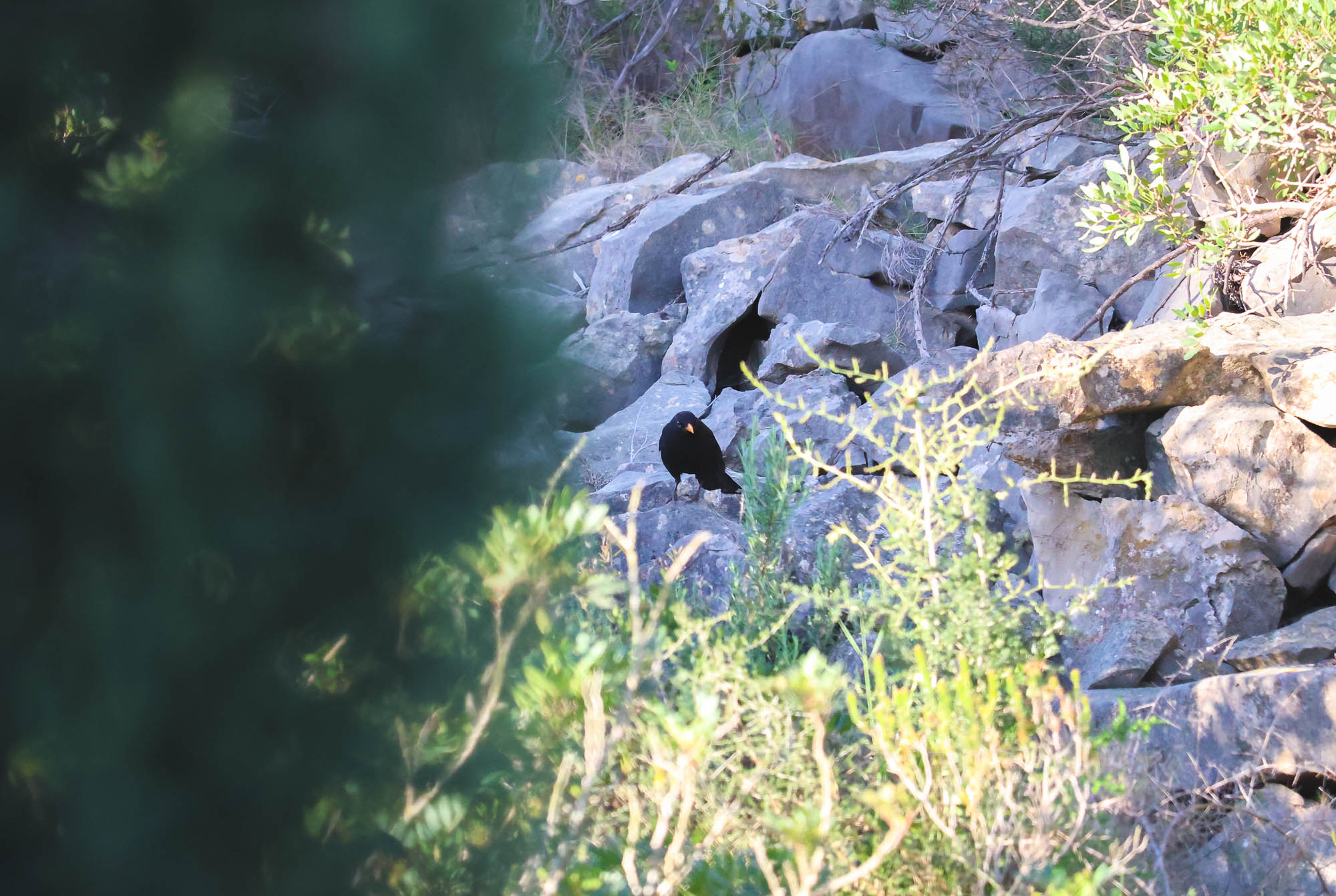
Male Blackbird in Spain. Photo by Alis Monte [CC BY-SA 4.0], via Connecting the Dots
Conservation
The common blackbird is not considered to be globally threatened, with a population of around 100 million individuals worldwide. However, in some areas, populations have declined due to habitat loss and fragmentation. In urban areas, blackbirds may face additional threats such as predation by domestic cats and collisions with windows.
Protecting Blackbirds & Their Habitat
There are several ways that individuals can help protect blackbirds and their habitat. Providing food and nesting sites in gardens and parks can help support local populations. Using bird-friendly gardening practices, such as avoiding the use of pesticides and providing water sources, can also benefit blackbirds and more importantly other bird species that are not as resilient to changes as blackbirds.
Overall, the common blackbird is a beloved bird that is often associated with the arrival of spring and the beauty of nature. By protecting blackbirds and their habitat, we can ensure that these beautiful birds continue to grace our gardens and parks for generations to come.
Gallery of Blackbird
